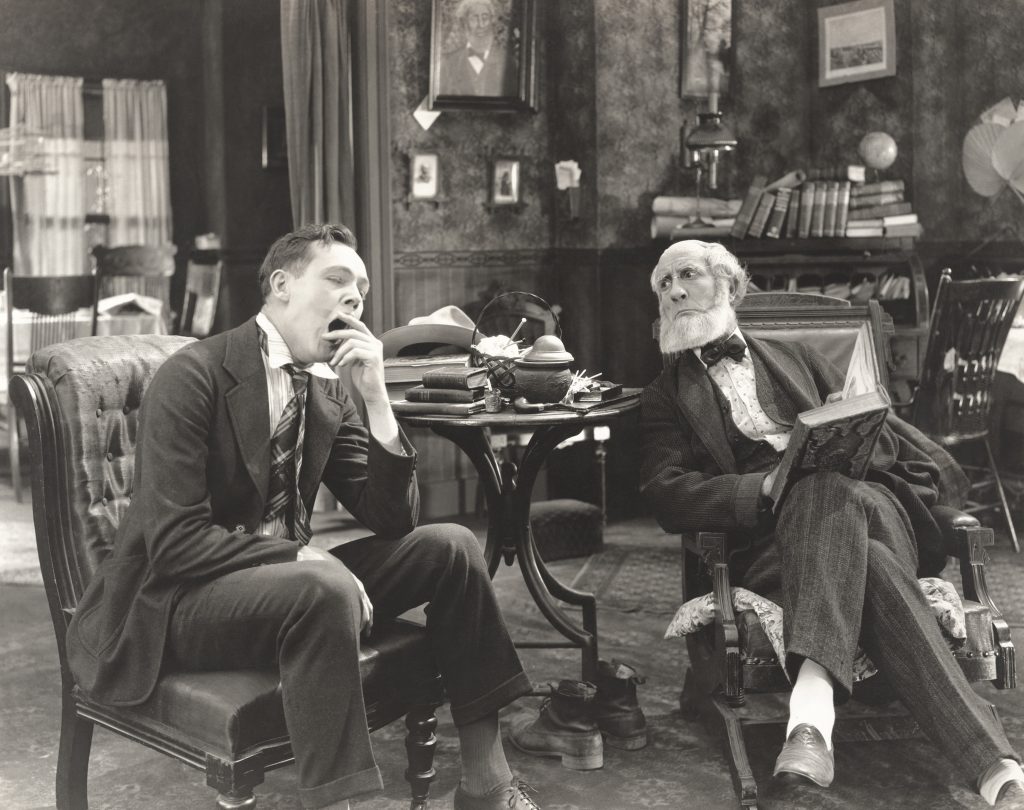
The Chart of Accounts…YAWN! BORING! WHO CARES? Could we discuss anything that puts us to sleep faster?!
While this topic may not keep you awake at night, paying attention to how your general ledger chart of accounts are setup and organized can go a long way in getting more meaningful information from your financial reports. Think of your chart of accounts as a system of buckets to hold specific information, each bucket and the proper placement of them making it easier to understand how your company is performing. For instance, combining fuel and maintenance costs into one bucket do not allow you to track how much each may be costing you individually. Therefore, it is important to account for these expenses in separate buckets, or general ledger accounts.
Use of a standard chart of accounts from an accounting software results in an alphabetical listing of accounts by account category. As a result, your expense account listing looks something like this:
Expenses
Accounting
Administrative Wages
Bank Charges
Bus Insurance
Depreciation
Driver Wages
Fuel
Interest Expense
Office Supplies
Office Wages
Payroll Taxes
Registration Fees
Repairs and Maintenance
Software Expenses
Workers Compensation
But wouldn’t it be better if similar expenses were grouped together? Would that make it easier to evaluate the company’s performance?
Expenses
Administrative Expenses – All
Accounting
Bank Charges
Office Supplies and Expenses
Software Expenses
Payroll and Related Expenses – All
Administrative Wages
Driver Wages
Office Wages
Payroll Taxes
Workers Compensation
Revenue Vehicle Operating Expenses – All
Fuel Expense
Registration Fees
Revenue Vehicle Fixed Expenses – All
Depreciation Expense
Interest Expense
Insurance Expense
Revenue Vehicle Repairs and Maintenance – All
Repairs Expense
Scheduled Maintenance Expense
There are many variations for grouping accounts, the above being a simple example. What matters to your company is to understand how the various accounts relate to each other. Generally, all payroll is best grouped together, allowing for key functions to track separately, such as shop, cleaner, driver, dispatch, sales, etc. Revenue vehicle maintenance costs are grouped separately from the costs of operating the vehicles. The point is to be better able to use your financial data to pinpoint what areas of your operation need attention.
A thoughtful expansion of general ledger accounts and the subsequent meaningful groupings of those accounts can help you monitor the overall trends of your company’s performance. Also, the implementation of an industry specific chart of accounts will assist management in preparing, monitoring and evaluating the company budget. (See the previous post about budgeting.) As is with most accounting modifications to your business, it is best to update your chart of accounts in preparation for your next annual accounting cycle.
Let us at BUSBooks help you develop your chart of accounts to get more out of your internal financial reports! Together we can make accounting more meaningful, and certainly not boring!
The next Nerd News will discuss Asset Depreciation.
Written by Tracy Fickett, CPA and Peter Shelbo, Veteran Bus Operator
BUSBooks is a unique CPA accounting firm dedicated to the motorcoach industry.
